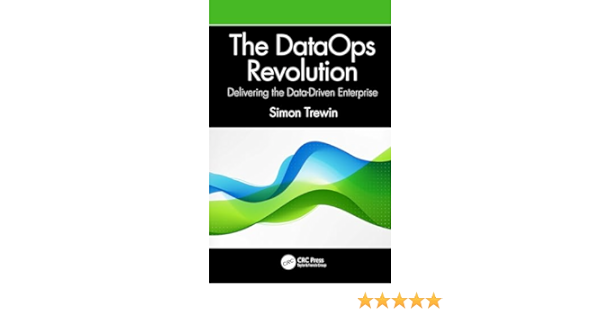Blogs
Has your organization taken all the possible steps to ensure your success? Industrial organizations spend considerable time and effort planning…
We all live in a data-driven world, organizations in various industries are recognizing the value of data and the need…
In the midst of the global drive towards sustainable and eco-friendly energy solutions, the demand for electric vehicles (EVs) is…
We’re currently reading The DataOps Revolution by Simon Trewin. DataOps, an emerging approach to data operations, has gained significant attention…
We all live in a data-driven world, organizations in various industries are recognizing the value of data and the need…
A Holistic Approach to Streamlining Operations In today’s dynamic business environment, operational excellence isn’t just a buzzword – it’s a…
Welcome to the final part of our three-part blog series on DataOps. In the previous posts, we explored what DataOps…
Welcome back to the second part of our three-part blog series on DataOps. In the previous post, we explored the…
Welcome to the first part of our three-part blog series on DataOps 101. In today's rapidly evolving digital landscape, organizations…











